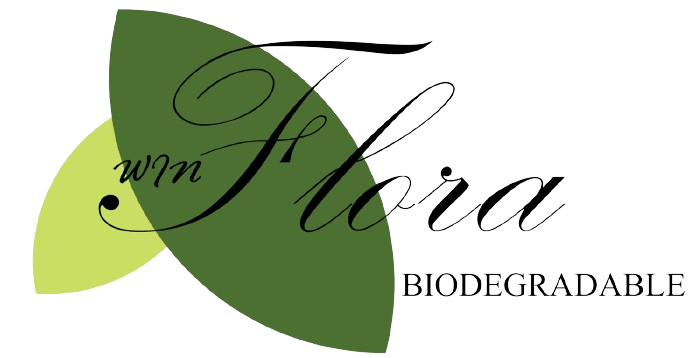Comparing the Next 10 Years: With and Without Eco-Friendly Leather
In the quest for sustainable alternatives, plant-based leather has emerged as a beacon of hope for both environmentalists and industries alike. With its eco-friendly properties and promising future, plant-based leather is paving the way for a greener tomorrow, leaving a positive impact on both the environment and the industry.

1. Environmental Impact: Traditional leather production is notorious for its heavy environmental footprint. The leather industry has long been associated with environmental degradation from deforestation to water pollution and greenhouse gas emissions. In contrast, plant-based leather offers a much greener alternative. Derived from materials like pineapple leaves, mushrooms, and even grapes, plant-based leather production requires significantly fewer resources and generates minimal waste. By opting for plant-based leather, we can reduce our reliance on animal agriculture and mitigate the environmental harm caused by traditional leather production.
2. Industry Transformation: The fashion and textile industries are undergoing a paradigm shift towards sustainability, and plant-based leather is at the forefront of this transformation. With consumers increasingly demanding eco-friendly products, brands are turning to plant-based leather to meet this growing demand. Plant-based leather offers a more ethical alternative to animal-derived leather and allows brands to align with their sustainability goals and attract environmentally-conscious consumers. As more companies adopt plant-based leather in their product lines, we can expect to see a significant shift in the industry towards more sustainable practices.
Comparing the Next 10 Years: With and Without Eco-Friendly Leather
With Eco-Friendly Leather:
Environmental Impact: With the widespread adoption of eco-friendly leather, we can expect to see significant reductions in deforestation, greenhouse gas emissions, and water pollution. This is because eco-friendly leather production methods use less water, emit fewer harmful gases, and do not contribute to deforestation.
Industry Trends: Industries that embrace eco-friendly leather will likely thrive in the next decade. Fashion brands, automobile manufacturers, and furniture companies incorporating eco-friendly leather into their products will attract environmentally-conscious consumers and stay ahead of competitors still reliant on traditional leather.
Consumer Preference: As awareness of environmental issues grows, more consumers will prioritize sustainability when making purchasing decisions. Brands offering eco-friendly leather options will cater to this demand and attract a larger customer base, leading to increased sales and brand loyalty.
Technological Advancements: Over the next decade, we can expect to see advancements in eco-friendly leather production techniques. Innovations in material science and manufacturing processes will lead to higher-quality, more affordable eco-friendly leather options, making them accessible to a wider range of industries and consumers.
Without Eco-Friendly Leather:
Environmental Degradation: Without widespread adoption of eco-friendly leather, traditional leather production methods will continue to harm the environment. Deforestation, greenhouse gas emissions, and water pollution associated with traditional leather production will worsen, leading to further degradation of ecosystems and habitats.
Industry Stagnation: Industries that fail to embrace eco-friendly alternatives may face challenges in the next decade. Consumers are becoming increasingly aware of environmental issues and are more likely to support brands that prioritize sustainability. Companies that continue to rely on traditional leather may struggle to compete with those offering eco-friendly alternatives.
Consumer Discontent: In a world without eco-friendly leather options, consumers may become dissatisfied with brands that contribute to environmental degradation. This could lead to consumer backlash, boycotts, or negative publicity, damaging the reputation and profitability of companies that fail to prioritize sustainability.
Missed Opportunities: Without investing in eco-friendly alternatives, industries risk missing out on opportunities for growth and innovation. The demand for sustainable products is expected to increase in the coming years, and companies that fail to adapt may lose market share to competitors offering eco-friendly options.
In summary, the next 10 years present a choice between environmental responsibility and continued degradation. Embracing eco-friendly leather alternatives offers numerous benefits, including environmental conservation, industry growth, consumer satisfaction, and technological advancement. Failing to adopt these alternatives not only harms the environment but also risks damaging industry’s reputation and missing out on opportunities for innovation and growth.

